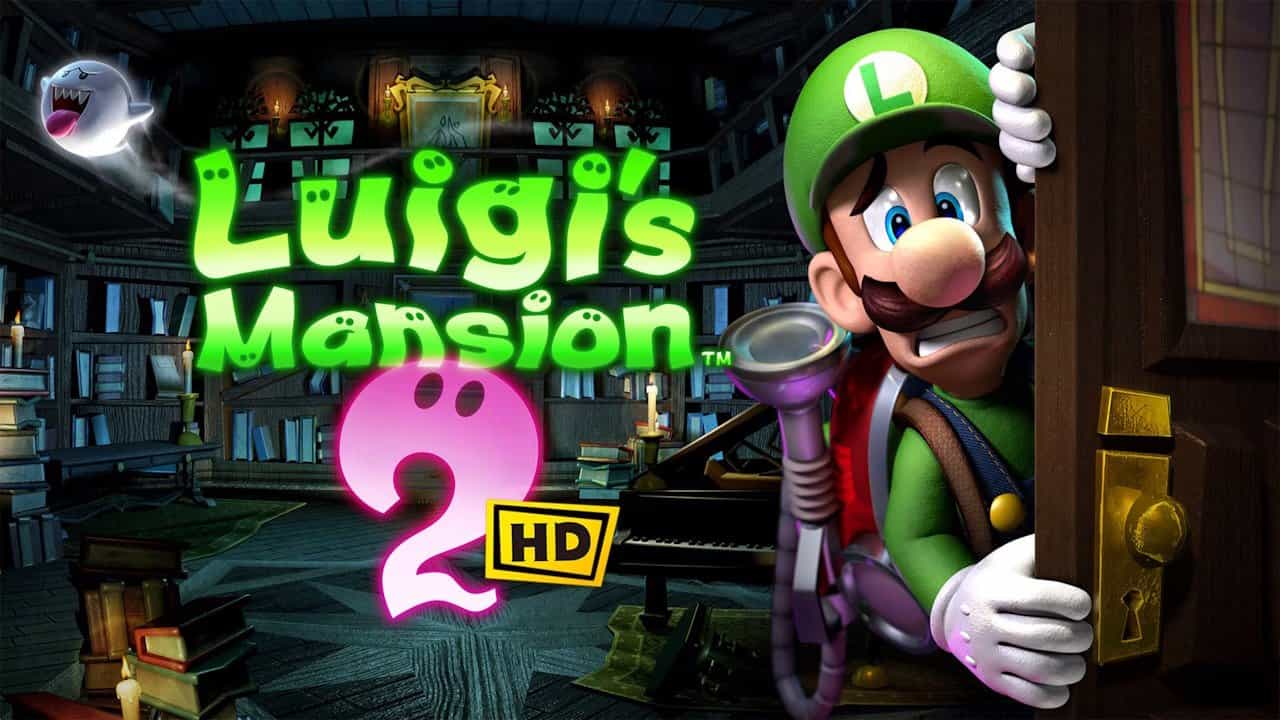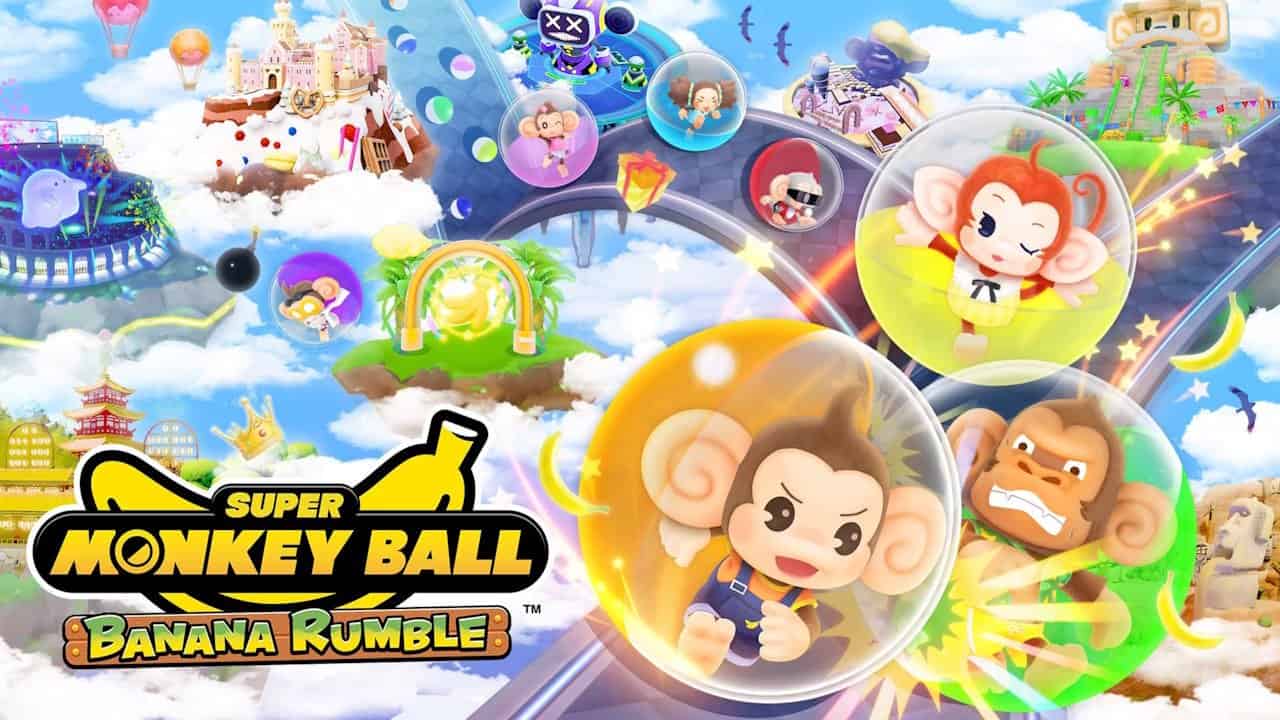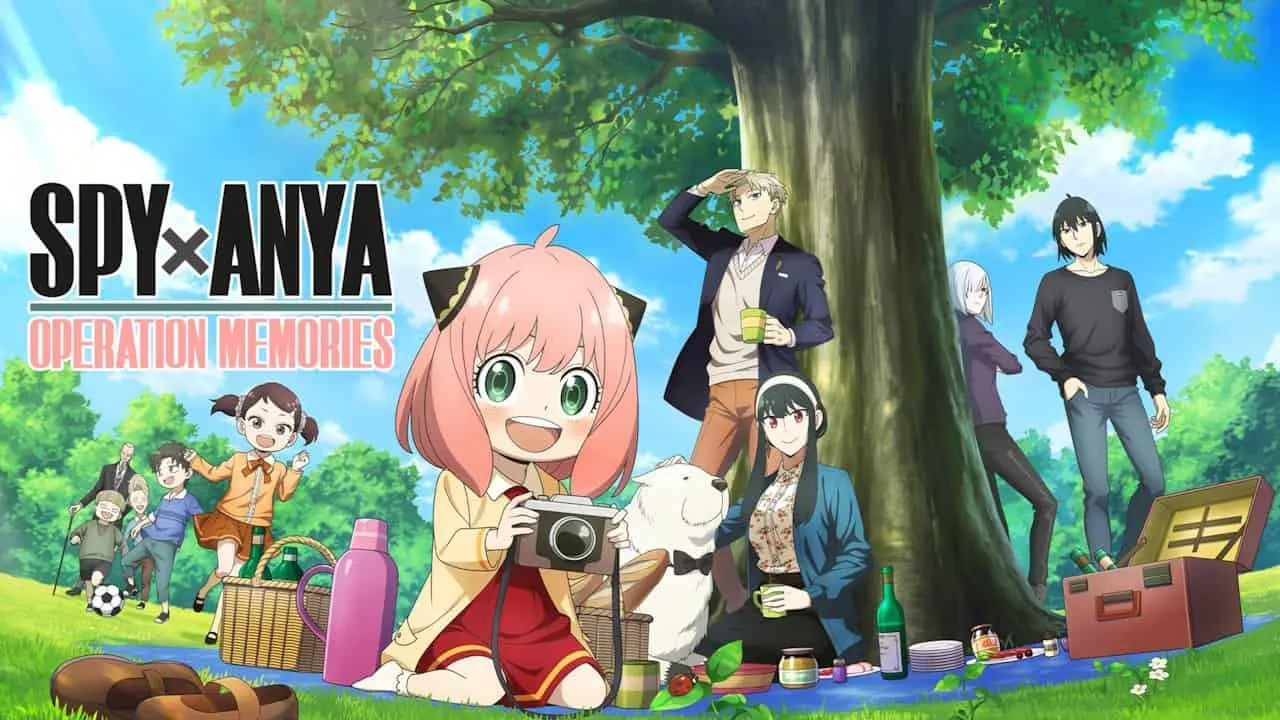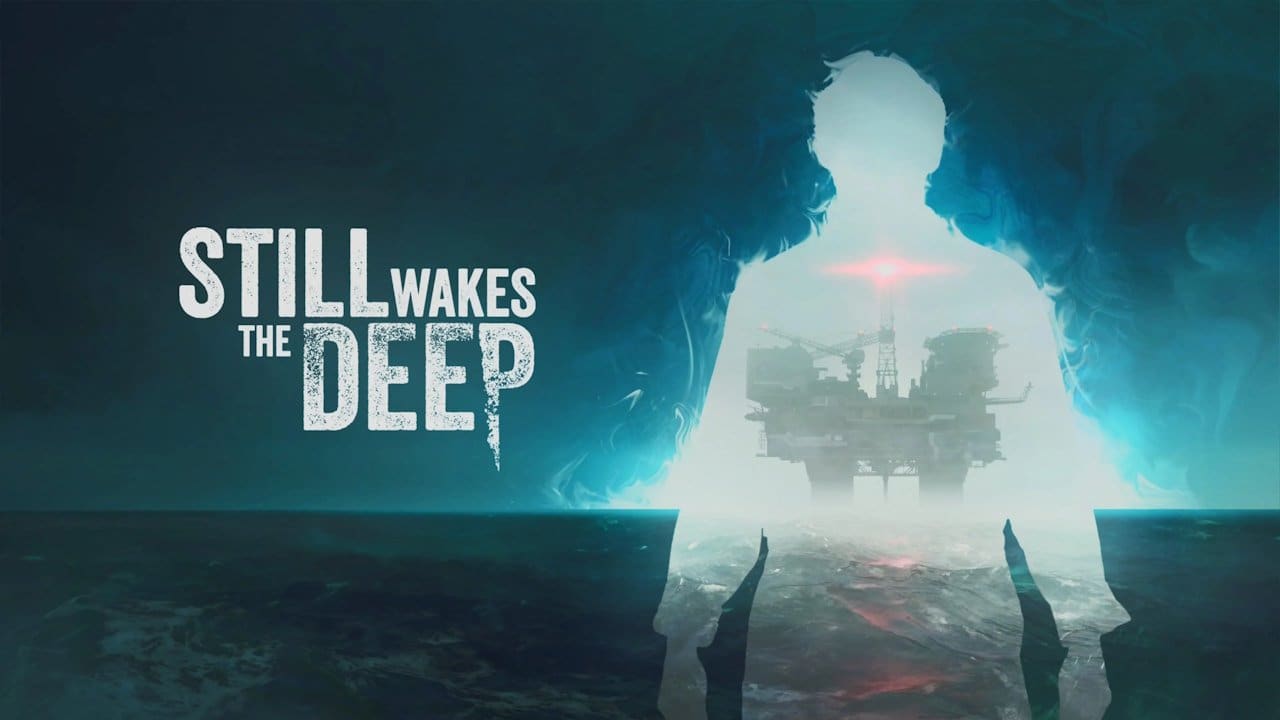BlazBlue: Cross Tag Battle Review

Official Score
Overall
BlazBlue: Cross Tag Battle has got the fanservice down, but it feels more like a tribute to Arc System Works’ other games than its own unique beast. Its simplified fighting game mechanics, along with its reused assets, makes it only worth it for the most diehard of fans.
Four different worlds collide in Arc System Works’ flashy fighter BlazBlue: Cross Tag Battle. Taking elements from the Persona 4 Arena, Under-Night, RWBY, and BlazBlue universes, should you take up arms in this two-on-two battle?
BlazBlue: Cross Tag Battle Review
Fans of Arc System Works’ other fighters will quickly grasp the basic fighting game mechanics in place here. Unlike other games in the genre, there is an emphasis on speed here. Dash mechanics are available for almost every character, along with high jumps and ukemi recovery moves. Despite featuring two fighters per side, matches move at a quick pace, and are almost never susceptible to time overs. As a result, each bout is a spectacle, one full of flashy Distortion Skills and multi-combo attacks.
However, the mechanics in play here are much more simplistic compared to their source material. The four-button setup of BlazBlue has been trimmed down to two attack buttons, a Clash button, a Partner Change button, and a Partner Skill button. Some may see a bit of BlazBlue’s Drive button in the Clash button, but the amount of variety in each characters’ movesets has taken a serious hit. In addition, mechanics like Persona 4 Arena’s Persona Breaks and Under-Night’s GrD Gauge have either been simplified or outright removed. Some may see this as a streamlining process to make the game more accessible, but the amount of depth present here is nowhere near as deep as players have come to expect.
That’s not to say that there aren’t some skills to be found here. Reject Guards allow players to nullify chip damage, while players can also use Reversal Skills as kind of an EX-style maneuver. The biggest addition to the game, however, is the Resonance Blaze reversal mechanic. When only one fighter is left, the character can enter a heightened state that increases damage, fills the skill gauge, and recovers health. It’s not unlike the X-Factor recovery move found in Marvel vs. Capcom 3, which comes across as a little too overpowered. Though it can turn the tide of battle, it is far too big of a trump card for what should be a level playing field.
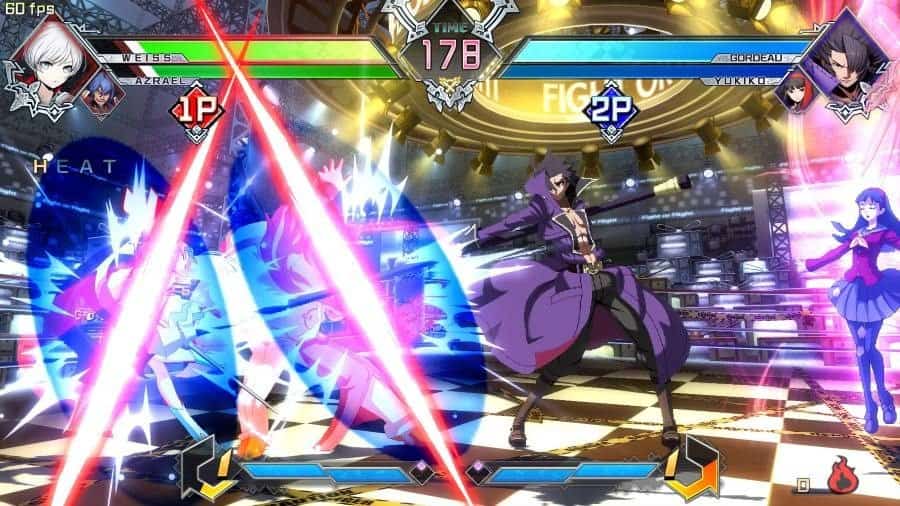
BlazBlue: Cross Tag Battle has your typical selection of modes. A versus mode, survival mode, training mode, and tutorial-based tactics mode are all available from the get-go, wrapped in the lobby-style Entrance environment. An online mode that allows players to collect Tag Points and battle others is also present, but was not available as of this review. It is unfortunate that no arcade mode is available, as that would be a fairly easy thing to implement.
Those invested in the lore of each games’ universes can experience the story found in BlazBlue: Cross Tag Battle’s Episode Mode. Split between four different perspectives, it tells of how each world was thrown together by a malevolent, disembodied voice. Four keystones are available, and the ultimate objective is to get them to the goal. It’s somewhat hastily put together – most of the dialog is delivered by stock art that’s in the midst of an action pose. There’s not much depth to be found either, with one group often coming across another group, trash talking them, and then throwing down. It assumes you already know the characters, and does not flesh out the backstories of the existing cast and crew. Those wondering what Ruby thinks of Ragna’s weapon might get a kick out of these interactions, but the fanservice approach to its story does not do more casual fans any favors.
It should be worth noting that there is almost no new game here. Most of the audio tracks, backgrounds, and sprites have been lifted from previous games, and don’t always come together as they should. There are a handful of new backgrounds created just for the game, but many fans have no doubt experienced what is present here. In addition, a number of characters are locked away as DLC, despite appearing in the Episode Mode. As a result, it feels incomplete.
BlazBlue: Cross Tag Battle has got the fanservice down, but it feels more like a tribute to Arc System Works’ other games than its own unique beast. Its simplified fighting game mechanics, along with its reused assets, makes it only worth it for the most diehard of fans.
